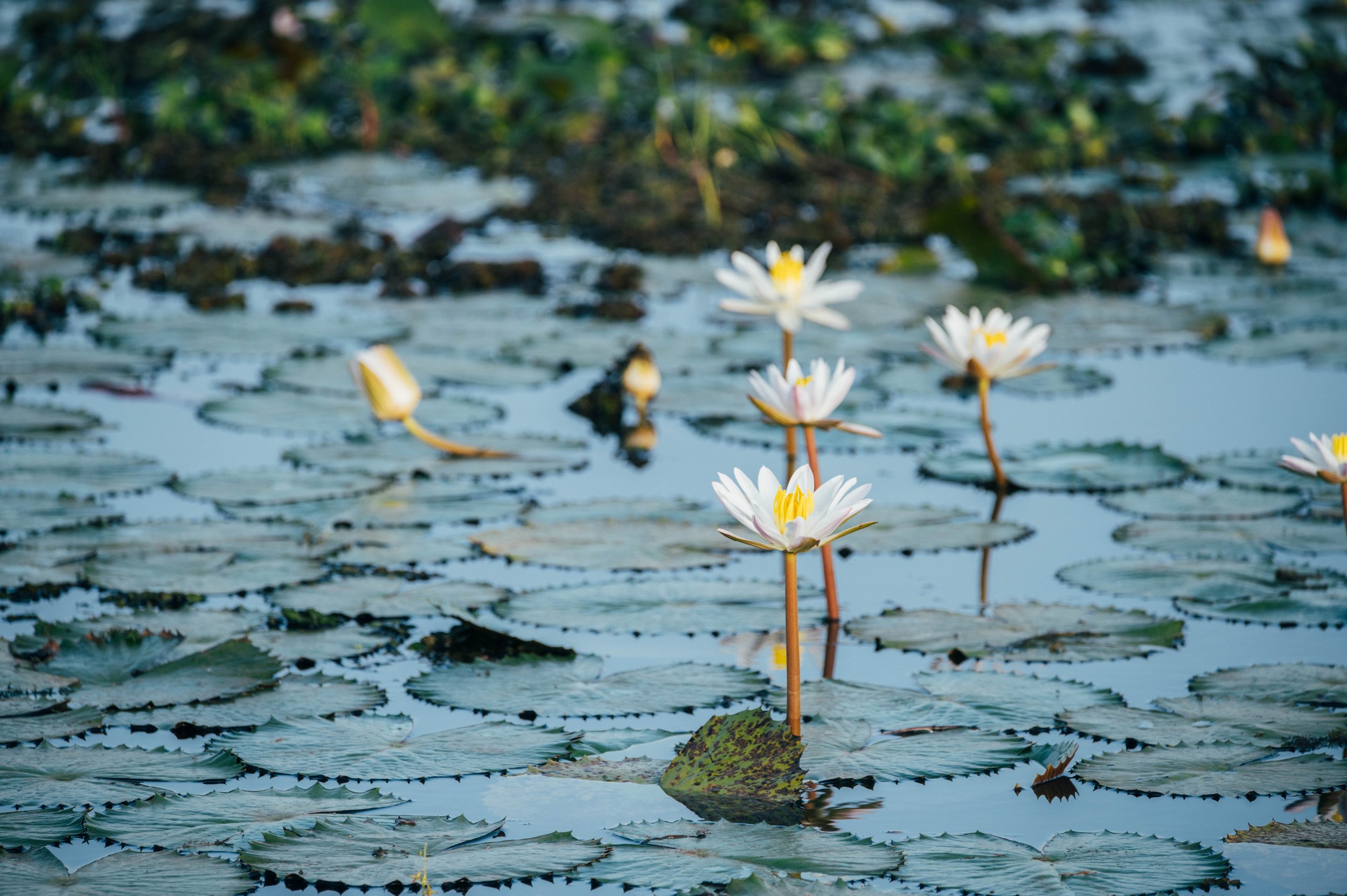A peek into flower farming in Sri Lanka
Last year I was very much looking forward to reconnecting with my parents in November with a visit back home to Sri Lanka. Aaron was going to join me for the month of January but with the unpredictability of Omicron, I shortened the trip and came back to Canada sooner. During my visit last year I was able to talk to farmers from 3 different regions in Sri Lanka - Sigiriya, Nuwara Eliya and Kekirawa.
It was such an interesting experience looking at Sri Lanka from the perspective of a flower farmer. I was seeing familiar surroundings in a completely different way, opening my eyes to a deeper understanding of its beauty and potential. When I visited different farms, I was eager to speak with the farmers about their general perspectives on agriculture. A topic that often kept coming up during discussions was how farmers didn’t have access to pesticides or fertilizer like in previous years due to strict government restrictions. My personal feelings (dislike) towards the use of pesticides was challenged when friends informed me about how much more difficult it is to farm in tropical areas with a no kill period (cold snaps) for insects. There are organic farmers, however many farmers use conventional methods like using pesticides to grow food and flowers successfully. So my judgments ceased when I realized the impact farmers feel if they lose a crop in an environment that is very susceptible to pests and diseases. There is a lot more to unpack here and I will be further exploring ways for farmers to feel supported in my future visits.
One of the sites, Nuwara Eliya, is a well known tourist destination because of all the tea plantations that exist there. Sri Lankan (Ceylon) Tea is world renowned and the curvy hillside roads showcase acres and acres of tea during your commute there. The climate tends to be a lot cooler in this region with a variety of vegetables and flowers grown being redistributed all across Sri Lanka. A flower crop that I was somewhat surprised to see grown in front yards and backyards intensively was alstroemeria! It seemed like anyone with a decent yard was growing these crops. When I met Farmer Rani, she mentioned to me that she used to sell vegetables with her late husband, but now she makes more selling alstroemeria and gerberas to florists.
Farmer Rani also relayed to me that a large garden association in Sri Lanka gifted alstroemeria plants and held workshops to help growers succeed. I think community partnerships and engagement spearheaded by knowledgeable organizations are very much necessary to empower residents in different communities. Life in Sri Lanka can be really tough, yet it was always common practice to be gifted fruits and vegetables from home gardens during a visit regardless of socio-economic backgrounds. This type of community sharing always made me feel warm and gave me hope for the future.
During this visit to Nuwara Eliya, I was really excited to see interplanting with carrots and leeks in garden beds. This is something I hope to try in my own gardens this year to have productive growing spaces where crops can benefit from one another. It’s a really good strategy for small space gardening and I am curious about the productivity of the plants with this tactic. I will report back at the end of the year with my findings!
Another great adventure was when I learned how lotus flowers were harvested in Kekirawa. Lotus and lily flowers grow in many rivers around Sri Lanka and burst into blooms once the wet season passes. These flowers are used in many poojas in Sri Lanka as an offering at temples. I grew up with these flowers having great spiritual importance in our culture.
Lotus flower harvesters paddle in their tubes early in the morning and harvest as many plump flowers in bud form as they can. They then transport these buds to nearby temples or flower stands, with the majority delivering flowers to Nuwara. As I was researching the impact of climate change on lotus growing in rivers, I came across articles talking about how lotus flowers were able to regulate their temperatures within a narrow range like warm blooded animals. These conditions provide warm and welcoming environments for pollinators, especially in the cool mornings.
There is so much more that I want to learn about how agriculture works in tropical areas that are often bursting with fruit and vegetables stands along streets. The main theme from this trip that I will hold onto is the importance of sharing resources to ensure the success of the entire community. Farmers are an integral part of healthy communities and the environment around us. We have to do a better job to ensure that farmers are truly valued for the work they do.











